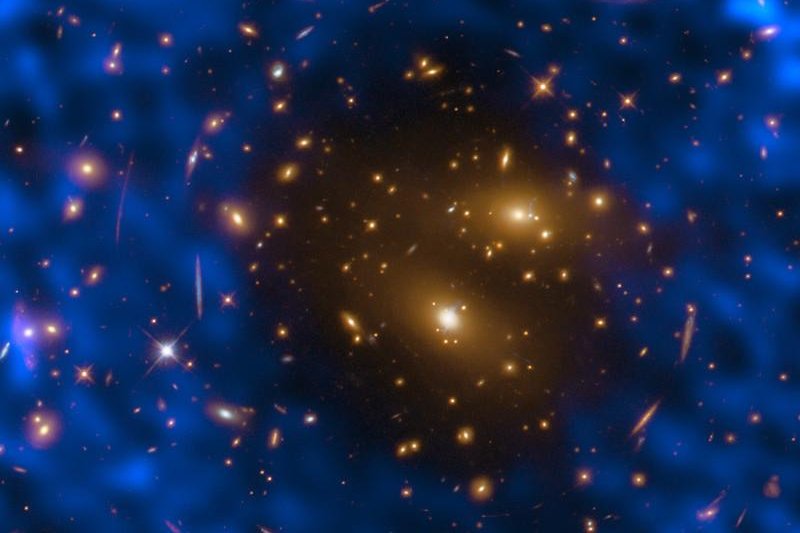March 17 (UPI) -- The Atacama Large Millimeter Array captured an image of a "cosmic hole." It is the highest resolution image of a cosmic hole.
A cosmic hole, or radio hole, is a phenomenon created by the Sunyaev-Zel'dovich effect, or SZ effect, which describes the scattering of cosmic microwave background radiation waves by a galactic cluster.















